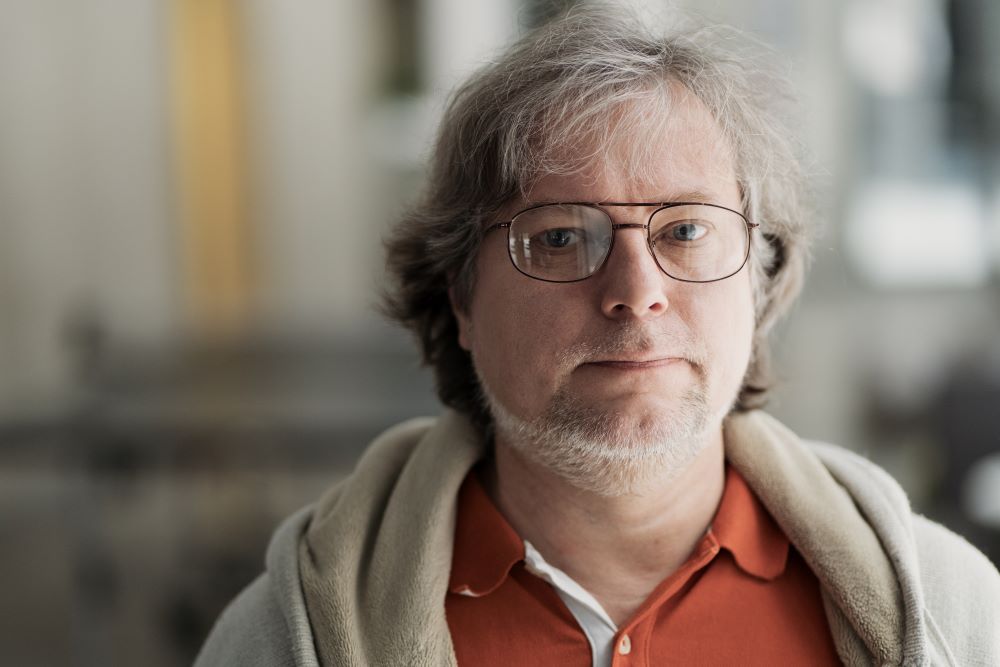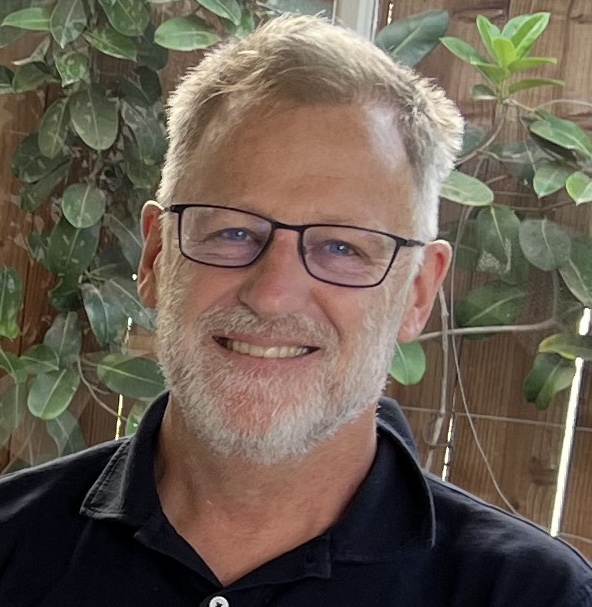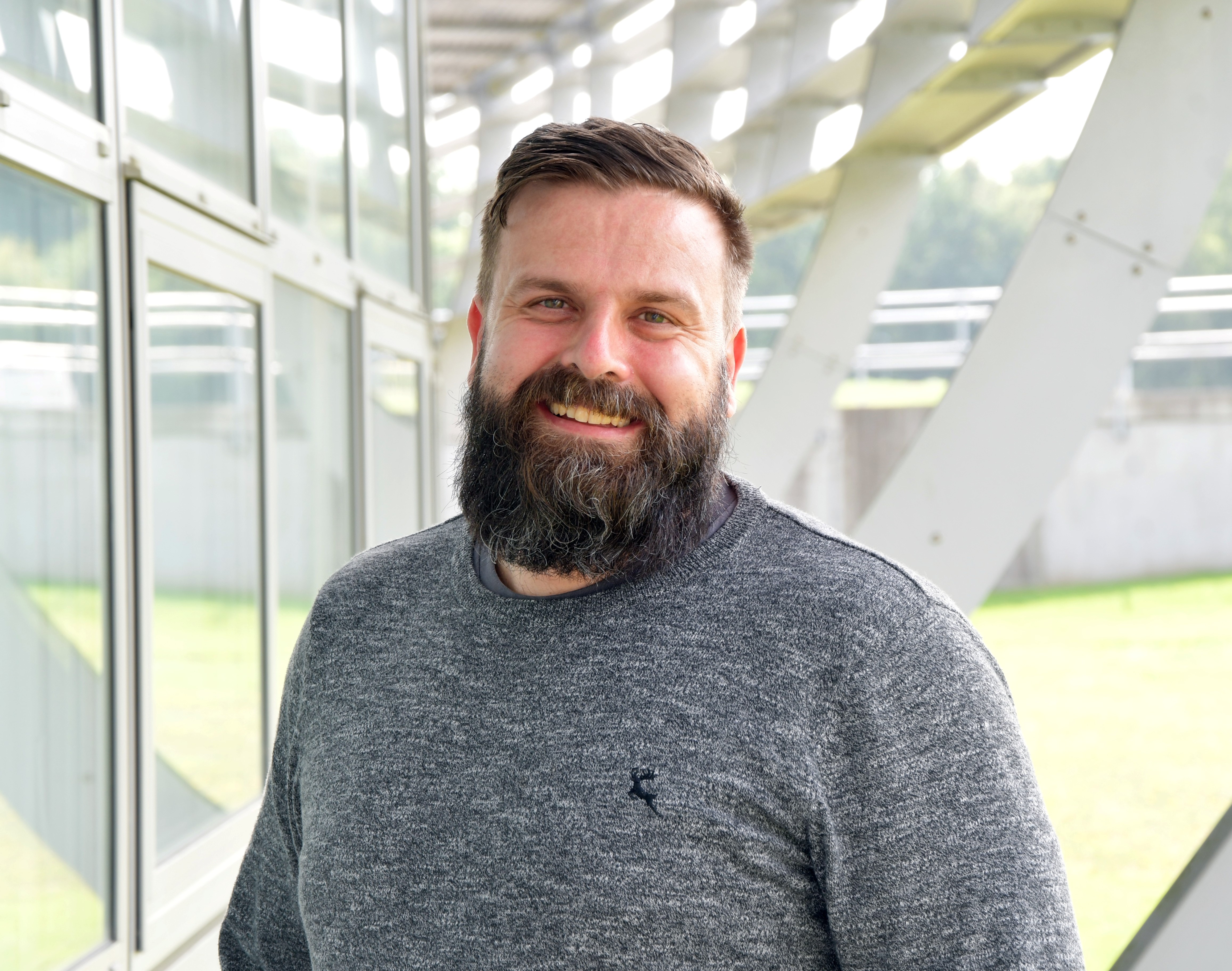We are pleased to announce the following keynote speakers who are international experts in their subjects:
Dr Saulius Grazulis - will give a talk on
20 years of the COD – disseminating crystallographic dataFor more than 20 year, the Crystallography Open Database (COD) collects published crystal structure data and makes it available on the Web under the CC0 license in an organised, machine readable and searchable for. Currently, the collection of the COD has over 500 thous. records and is used for crystal analysis, material identification, DFT calculations, machine learning, teaching and much more. To be usable for such applications, the COD data must satisfy certain quality criteria. All data that are deposited to the COD undergo tree levels of checks – syntax checks, semantic validation against the IUCr dictionaries and COD specific crystallographic checks based in the IUCr journal publication rules.
Over the years, software tools were developed for these tasks that are routinely used in the COD pipelines but can also be used in other applications. The software is developed using high standards of development, undergoes systematic testing, code review and is versioned using SemVer principles. Recently, we are exploring possibilities to apply methods of formal validation to the COD and other crystallographic software, using durable time-proven systems such as Ada/SPARK, Perl, SQL and C.
The use of Open Source software, the support of the community, European and Lithuanian funders and the Vilnius University allowed us to sustain the COD for more than two decades. The COD now is becoming an essential part of the Open Science FAIR data infrastructure, as attested by the Vilnius University Open Science policy roadmap and by the inclusion of the COD in numerous open or database catalogues. The goal is to collect and make openly searchable all crystallographic data that was published in reliable sources. This will open paths to implement crystal structure and property prediction and better understanding of how matter is organised in its crystalline form.
Dr Ian Foster - will give a talk on
Linking Scientific Instruments and Computation: Patterns, Technologies, Experiences
Powerful detectors at modern experimental facilities routinely collect data at multiple GB/s. Online analysis methods are needed to enable the collection of only interesting subsets of such massive data streams, such as by explicitly discarding some data elements or by directing instruments to relevant areas of experimental space. Such online analyses require methods for configuring and running high-performance distributed computing pipelines—what we call flows—linking instruments, data center computers (e.g., for analysis, simulation, AI model training), edge computing (for analysis), data stores, metadata catalogs, and high-speed networks. In this talk, I review common patterns associated with such flows, describe methods for instantiating those patterns, and present experiences with the application of these methods to the processing of data from a range of experimental facilities, each of which engages HPC resources for data inversion, machine learning model training, or other purposes. I also discuss implications of these new methods for operators and users of scientific facilities.
Dr Paul Quinn - will give a talk on
The state of AI/ML for photon and neutron science
The Ada Lovelace Centre (ALC) was setup to maximise the utilization and impact of data from the STFC large facilities, Diamond Light Source, ISIS Neutron and Muon Source and the Central Laser Facility. Our activities cover data management, cloud-based services, materials modelling, computational biology, imaging, and the application of maths and AI to these areas and to science and operational challenges across the facilities. There are exciting efforts and initiatives within STFC and globally to realise the impact of AI for facilities, accelerate the pace of adoption and develop ambitious wider programmes, such as materials discovery. The high demand for AI solutions, the rapid pace of change and the transition to incorporating AI at the heart of how the facilities and their users work, introduces challenges in both directing resources and restructuring infrastructure and policies for AI. This presentation will provide an overview of our AI and ML activities across the Neutron and X-ray facilities, perspectives on wider efforts, the challenges encountered, and future directions in this rapidly evolving field.




